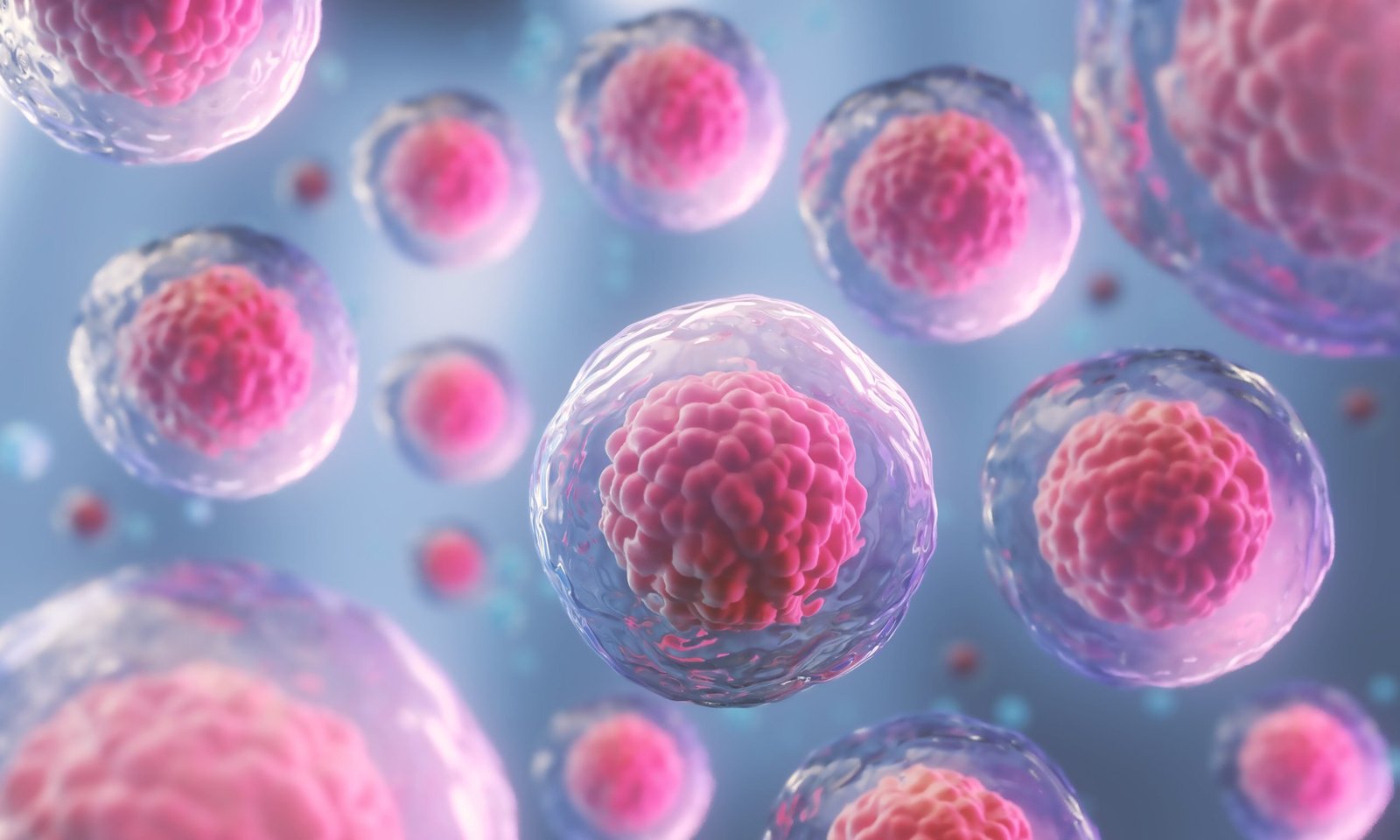Non-Surgical Alternative Treatments
Not every treatment has to mean surgery. Learn about other, non surgical options!

Alternative Treatment Options
PLATELET RICH PLASMA (PRP)
PRP injections are rapidly increasing in popularity as an alternative treatment option to surgery and
cortisone injections. From professional athletes to patients who may not be a candidate for surgery,
PRP has proven to be an effective alternative treatment for conditions such as persistent shoulder
tendinitis, partial rotator cuff tears, and arthritis. Platelet-rich plasma (PRP) harnesses your body’s
natural ability to repair itself to heal damaged or diseased tissue. It’s an effective treatment for a wide
range of orthopedic conditions and athletic injuries, accelerating healing and delaying surgery.
Naturally found in your blood, platelets are a rich source of proteins called growth factors, which
promote healing. Any time your tissues are damaged or diseased, platelets migrate to the area,
stimulate new cell growth, and accelerate tissue repair.
What is PRP?
Platelet-rich plasma (PRP) contains a higher concentration of platelets than the amount normally
found in your blood. To create PRP, your doctor draws a sample of your blood which is then placed in a centrifuge to separate out the platelets. These concentrated platelets are recombined with your
blood plasma to make PRP.
What is PRP Therapy?
PRP is a natural byproduct of your own blood, therefore there are no potential adverse side effects
such as seen with cortisone injections which can raise blood sugars or result in soft tissue damage if
performed irresponsibly. Using ultrasound imaging to precisely guide the needle, your doctor injects the PRP into the damaged tissue.
After they’re injected, the platelets:
- Recruit regenerative cells to the area
- Increase the regenerative cells’ effectiveness
- Reduce inflammation and pain
- Promote healing
- Trigger production of tissues like collagen, muscles, and connective tissues
STEM CELL THERAPY
The most common type of stem cells used for treating arthritis are mesenchymal stem cells. Stem cells are special cells produced by bone marrow (a spongy tissue found in the center of some bones) that can turn into different types of blood cells. Stem cells can be guided into becoming specific cells that can be used in people to regenerate and repair tissues that have been damaged or affected by disease.
Mesenchymal stem cells are usually collected from the patient’s fat tissue, blood, or bone marrow. Mesenchymal stem cells have the potential to develop into musculoskeletal cells, such as fat, bone, or cartilage cells. Many researchers believe mesenchymal stem cells have the potential to repair and replace cartilage as well as other tissue damaged by arthritis.
The process of collecting cells is often called harvesting.
- Adipose (fat) stem cells are harvested using a minimally invasive liposuction technique.
- Peripheral blood stem cells, found in the bloodstream, are harvested by taking a blood
sample from the patient. - Bone marrow stem cells are harvested from the pelvis using a needle and syringe, a process
called bone marrow aspiration. The patient is given a local anesthetic and may also be given a
sedative before the procedure.
